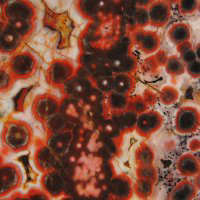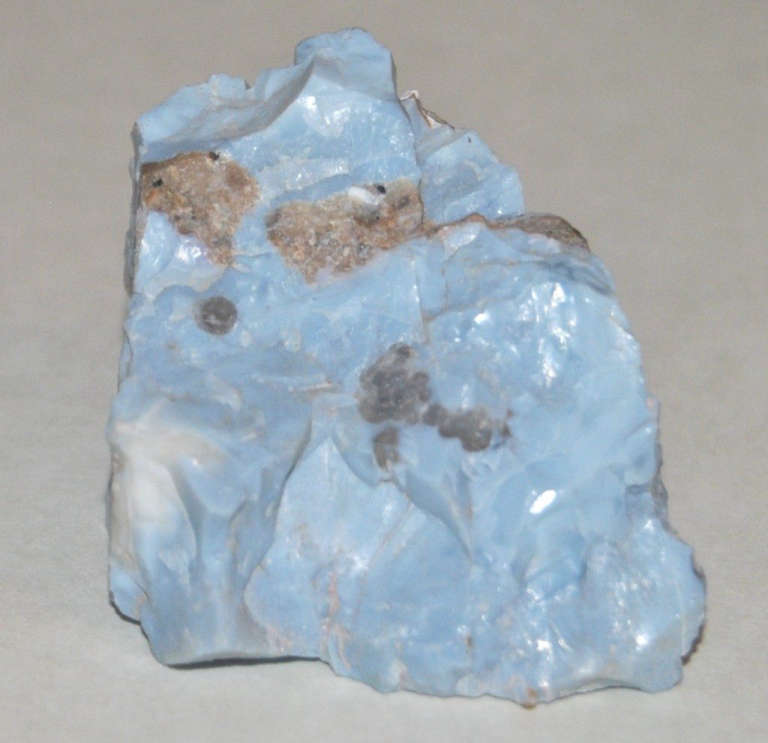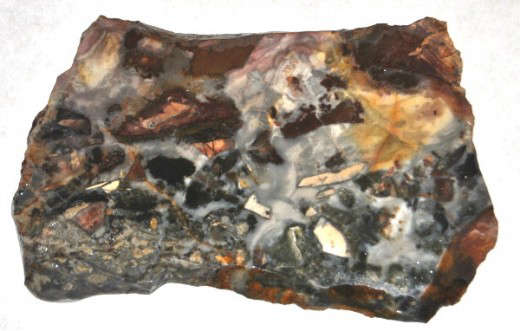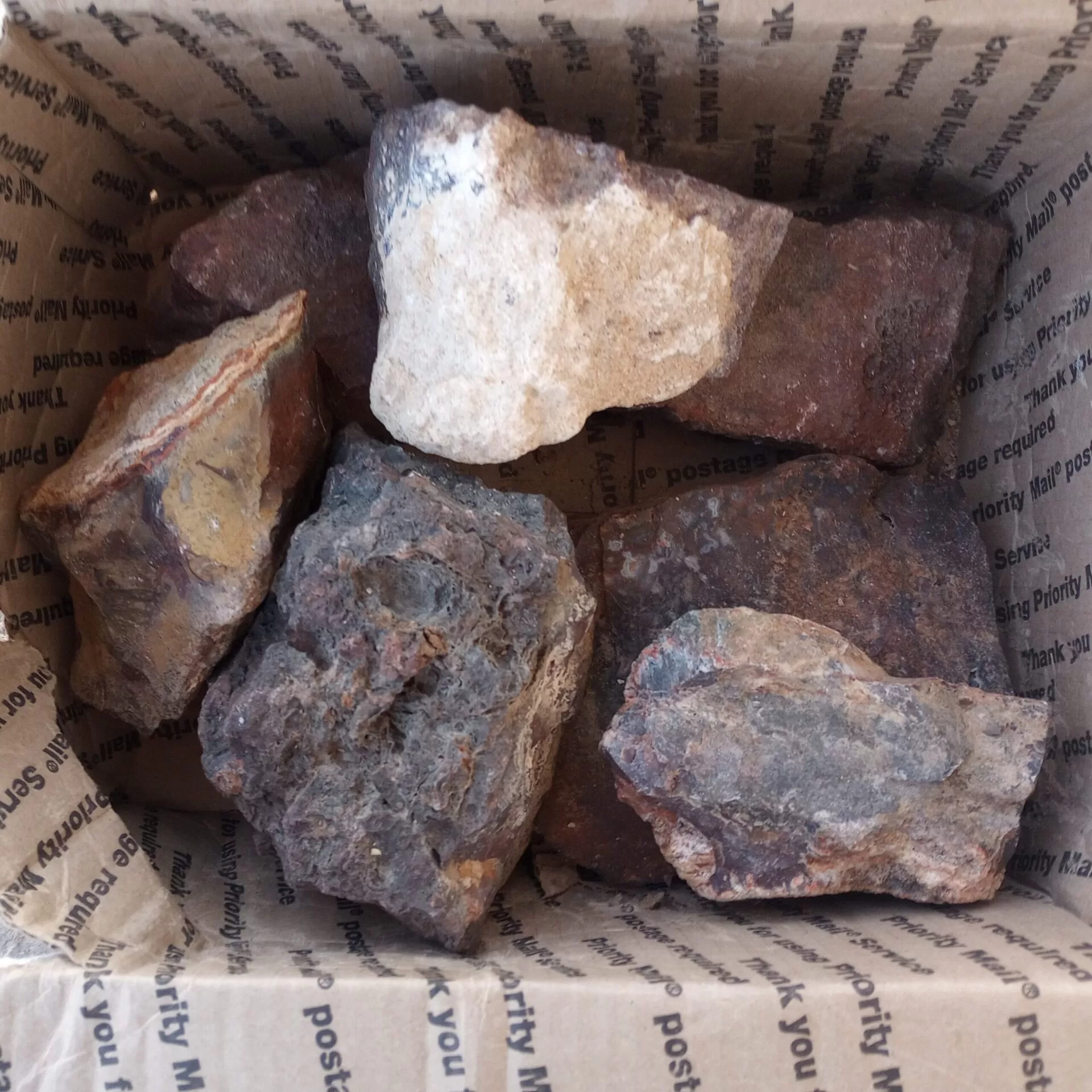
Rockhounding can be a fun and profitable hobby however not everyone can travel to their favorite rock hounding location. Fortunately, there is a world of fantastic rockhounding possibilities right at our fingertips.
The internet has opened up a world of rockhounding possibilities to everyone with access to a computer. Rocks, slabs, and cabochons can be found on eBay, personal websites, Etsy, Artfire, Craigslist, and more.
Investing in rocks and minerals:
It amazes me to see how fast rock prices can increase in such a short time. As with any product, the law of supply and demand applies.
Rocks can be available for a very short time and can gain popularity quickly. Many gemstones and minerals come from very small one-of-a-kind deposits. Once they’re gone, they’re gone forever making them rarer and more precious than gold or silver.
How profitable can it be? Take for example Lander Blue Spiderweb Turquoise. In the 1970s Lander Blue Turquoise was considered very costly selling at $1.00 a carat. Lander Blue Spiderweb Turquoise now sells for over $350.00 per carat. Not a bad return if you were to have invested in this fabulous Turquoise.
Other materials that would have made you a very good profit over the last few years are Laramar, Ocean Jasper, Bumble Bee Jasper, and Leopard Jasper as well as many others.
Minerals Collected By Mineral Collectors
There are two basic types of rock collections. Those collected by mineral collectors and those collected by lapidaries.
Minerals collected by mineral collectors are minerals that are displayed in the same state they were found in nature. Many of these types of collections contain rare and precious gemstones and minerals that showcase the beauty of the gemstone as it is included in its natural surrounding rocks and minerals.
Mineral collectors’ collections can be magnificent and can be displayed in both natural light and fluorescent light depending on the type of specimen and mineral being collected.

Minerals Collected By Lapidaries
Lapidary is the art of cutting and polishing stone. Lapidaries, those who cut and polish stones, showcase minerals in their cut or polished state.
The two main categories of lapidary are Cabochons and Faceted Gemstones however there are many other types of lapidary work.
Lapidary specimens can be polished on one end, such as would be used in bookends, slabbed and polished to be displayed in small easels, or they can be cut into gemstones or cabochons for collections or use in jewelry.

Warning!
Be warned that collecting rocks and minerals whether online or in nature can be fun and extremely addicting. Before purchasing any rock or mineral, learn all you can about it so you know what kind of quality you are getting and know when you are getting a good value.

